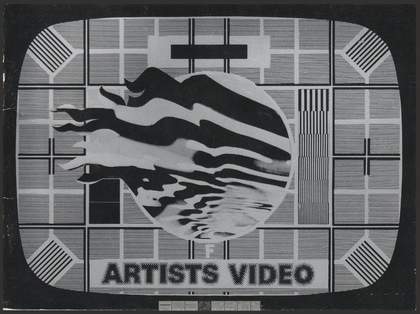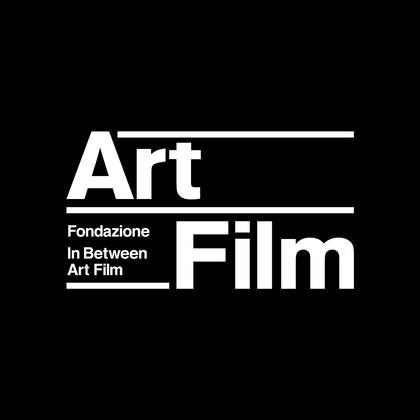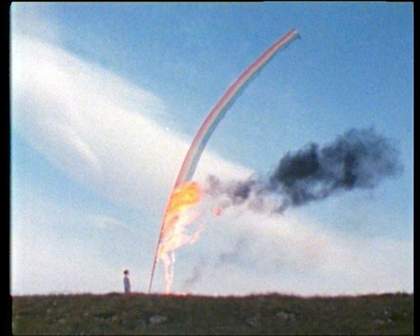Focusing on pioneering works produced in Europe between 1960-1980, this two-day programme questions the possibilities that emerge from this distortion. These works were either made using synthesizers, largely designed for projection, or intended for television and shot on 16mm film.
Programme
- On the CRT monitor at the entrance: Ketty La Rocca Appendice per una Supplica 1972. Open Reel transferred to video, black and white, silent, 9 min 30 secs
- Looping on the cinema screen: Charlotte Johannesson Untitled 1981-1985. Digital computer graphics (slide show of 13 images).
- Introduction by François Bovier
- Livinus and Jeep van de Bundt ˛Ń´Çľ±°ůĂ© 1970-75. Video, colour, sound, 6 min
- Robert Cahen, L’invitation au voyage 1973. 16 mm transferred to video
- Miha Vipotnik Video Grafike 1976-77. Video, colour, sound, 17 min
- Nicolas Schöffer and Jean Kerchbron Variations luminodynamiques 1 1961. 16 mm transferred to video, black and white, sound, 9 min
- Geneviève Calame Labyrinthes fluides 1976. Video, colour, sound, 9 min
- Brian Hoey and Wendy Brown Flow 1977. Video, colour, sound, 16 min
- Conversation between Brian Hoey, Stéphanie Serra and Valentina Ravaglia
This two-day programme focuses on early European video art. The works included were either made using synthesizers or intended for television and shot on film. In Europe, video technology first became accessible in the 1960s. Artists experimented freely with this, bridging the gap between the visual arts and other practices. Coming from backgrounds as diverse as performance, dance, music, painting, sculpture and film, they worked beyond and across media.
This first chapter offers an overview of works made using synthesizers. They open up a dialogue between art and music, and include kaleidoscopic visuals and sound experiments.
In ˛Ń´Çľ±°ůĂ©, Livinus and Jeep van de Bundt merge abstract paintings with an electronic soundtrack. In L'invitation au voyage, artist Robert Cahen multiplies and transforms images. In his TV broadcast, Nicolas Schoffer distorts black-and-white images on the cathode-ray tube (CRT). Meanwhile, in Slovenia, Miha Vipotnik explores the potential of computer animation, creating a shifting visual tapestry. The programme concludes with two works that explore the notion of fluidity. Geneviève Calame’s Labyrinthes fluides uses the EMS Spectron synthesizer to create shapes and colours, while Brian Hoey and Wendy Brown’s work links the flow of water with an electronic flux of images through the use of Videokalos Image Processor.
Before and after each screening, Charlotte Johannesson's computer generated slides infiltrate the cinema. A monitor at the entrance of the cinema shows Ketty La Rocca’s hand choreography, Appendice di una supplica.
This two day programme has been curated with Stéphanie Serra and François Bovier
For more information visit:



